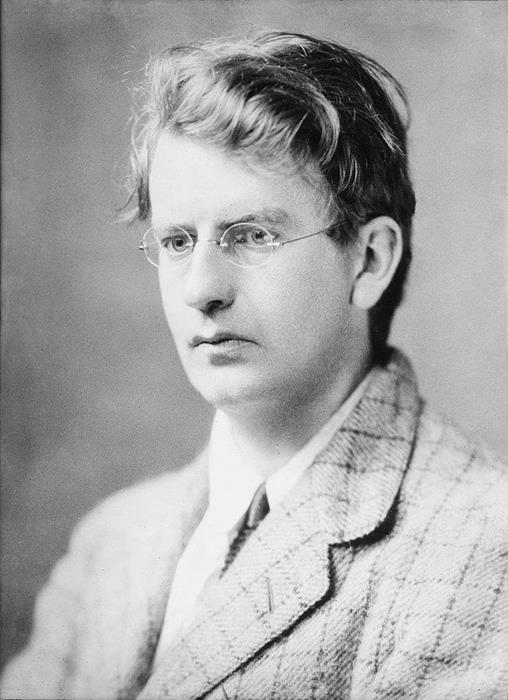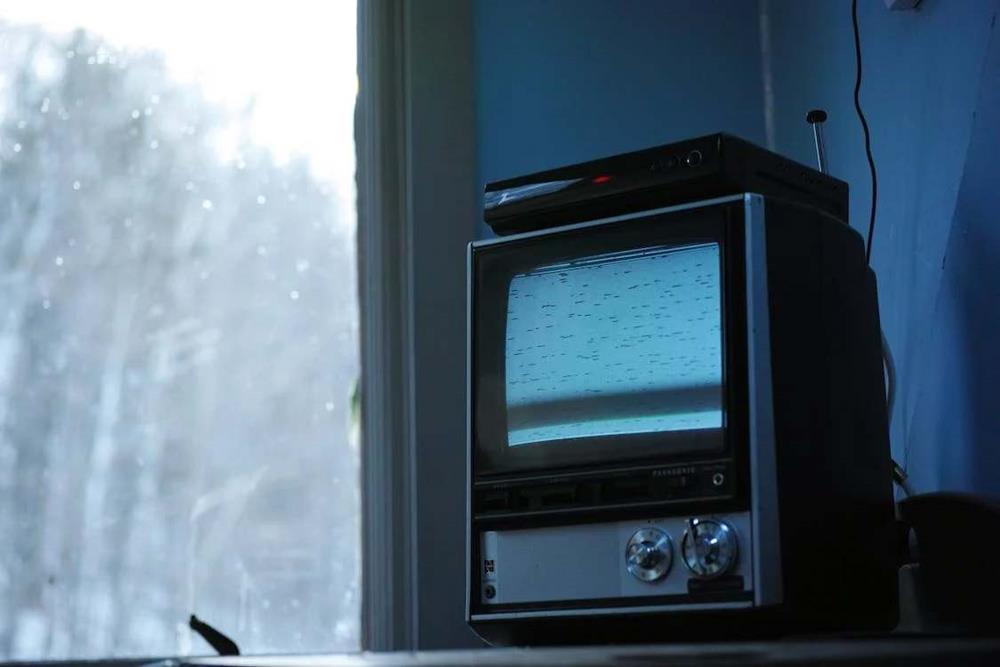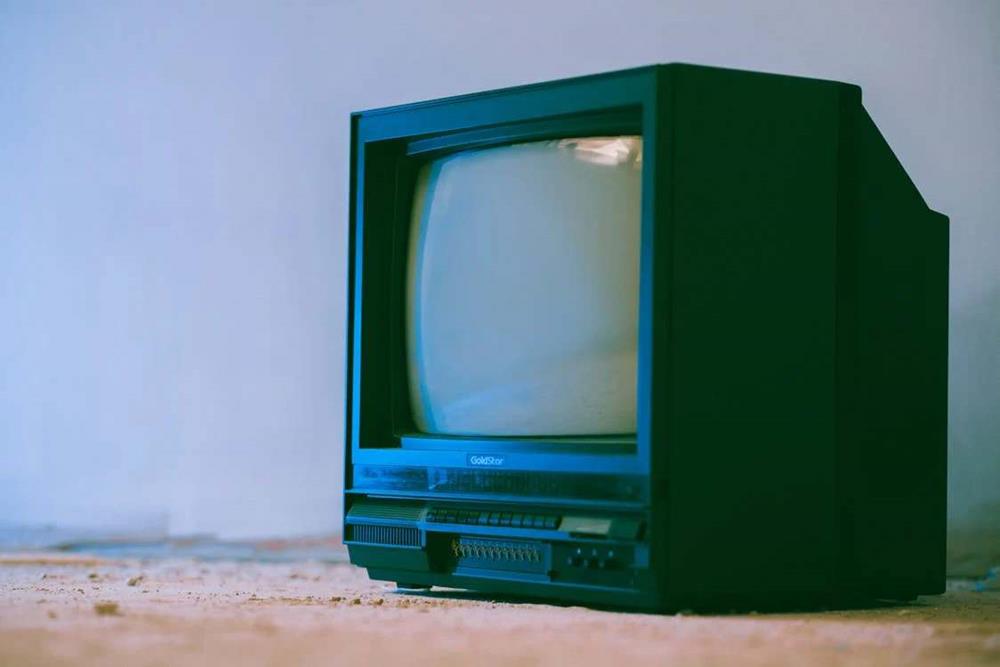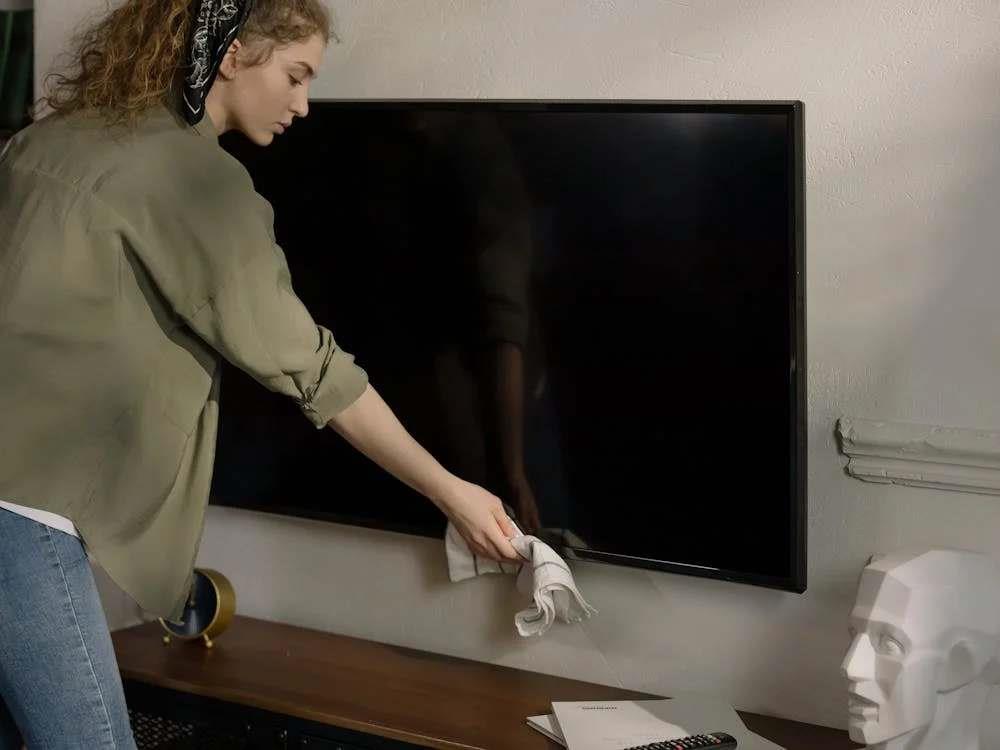Television sets have undergone a remarkable transformation since their inception, evolving from bulky, black-and-white boxes to sleek, flat-screen marvels that can connect to the internet. This article takes a closer look at how televisions have changed over the years, reflecting on key milestones that have led to modern TV’s place as a central fixture in homes around the globe.
John Logie Baird’s Television System
John Logie Baird, a Scottish inventor, played a pivotal role in the history of television technology. In the early 1920s, Baird embarked on the ambitious project of transmitting moving images. His relentless experimentation led to a breakthrough on January 26, 1926, when he demonstrated the world’s first working television system to members of the Royal Institution and a journalist from The Times in his London laboratory. This historic event showcased a mechanical television system that could display moving images with shades of grey.
Baird’s invention utilized a scanning disk with a series of holes spiraling toward the center, enabling the mechanical scanning of images to be transmitted and then reconstructed. Despite its rudimentary nature and the limitations of the mechanical system, which produced small and unclear images, Baird’s work laid the foundational stones for future developments in television technology.
The Father of Television
Vladimir Zworykin is also recognized as a key figure in the development of television, often earning him the title of one of the fathers of the medium. His contributions to television technology were fundamental, particularly in the development of the iconoscope and the kinescope in the late 1920s and early 1930s.
Born in Russia in 1889, Zworykin emigrated to the United States, where he joined the Westinghouse Electric Corporation in 1920 and later moved to the Radio Corporation of America (RCA). In 1923, he filed a patent for the iconoscope, an early television transmission tube, and in 1933, he developed the kinescope, a television picture tube. These inventions were pivotal in shifting television from mechanical systems to fully electronic ones, enabling clearer images and the possibility of television broadcasting as we know it today.
Electronic Television
Philo Taylor Farnsworth, an American inventor born in 1906, played a crucial role in the development of electronic television. From a young age, Farnsworth was intrigued by the mechanics of images and their transmission.
His most significant achievement came when he demonstrated the world’s first electronic television system to his investors in 1927, at only 21 years old. This demonstration, which took place in San Francisco, involved transmitting the image of a line to a receiver located in the next room using a completely electronic method. This event was a major milestone in the history of television. Farnsworth’s invention, the “image dissector” tube, was key to converting images into a stream of electrons that could be transmitted to a television set.
Color Television
Color television technology began its development in the early 20th century but wasn’t commercially available until the 1950s. One of the pioneering efforts in color broadcasting was made by John Logie Baird in the UK, who demonstrated a color television transmission in 1928. However, it was in the United States where color television truly began to take off.
In 1950, the Federal Communications Commission (FCC) approved the first color television standard developed by CBS, which was based on a mechanical system. However, this system was not compatible with existing black-and-white sets, leading to limited adoption. It wasn’t until 1953 that the National Television System Committee (NTSC) established a compatible color system, which was adopted by RCA and became the standard in the US This significant advancement allowed for color broadcasts that could also be received on black-and-white sets, paving the way for a broader acceptance of color television.
The first national color broadcast (the 1954 Tournament of Roses Parade) in the US took place on January 1, 1954. Following this event, color televisions gradually became more common in households. The 1960s saw a significant increase in the production of color television programs and the sales of color television sets. By the late 1960s and early 1970s, color television had effectively overtaken black-and-white broadcasting, becoming a standard feature in homes and revolutionizing the way people experienced visual entertainment.
Portable Television
The history of portable televisions traces back to the advancement of technology that allowed TV sets to shrink in size and become more mobile. The first major step towards portable televisions occurred in the 1950s and 1960s when manufacturers began producing smaller, more compact models. However, it wasn’t until the 1970s and 1980s that portable televisions became widely popular and accessible to the general public. These devices, often equipped with carrying handles and capable of running on batteries, allowed people to take their television sets outside the home, enhancing the flexibility and convenience of TV viewing.
One notable model, the Sony Watchman, introduced in the early 1980s, became a symbol of portable television’s growing appeal. The Watchman featured a flat black-and-white screen and a compact design, making it ideal for on-the-go entertainment. Over the years, as technology evolved, so did the features of portable televisions, with color screens and better battery life enhancing the viewing experience.
LCD Television
The first active-matrix LCD panel was developed by a team at Westinghouse, led by James Fergason, in the 1970s. However, the practical application of LCD technology in consumer televisions took several more years to materialize. Sharp Corporation is often credited with producing the first commercially available LCD television in 1988, although it was initially very expensive and had limitations in size and resolution compared to its CRT counterparts.
This advancement in display technology represented a significant departure from the cathode-ray tube (CRT) models that had dominated the market for decades. LCD technology, which uses liquid crystals to create images, was initially developed in the 1960s. However, it wasn’t until the late 1990s and early 2000s that LCD televisions became widely available and affordable for the general public.
LED and OLED Television
LED TVs, which emerged in the late 2000s, utilize LED backlighting instead of the fluorescent lights found in traditional LCD screens, offering better color contrast, energy efficiency, and slimmer designs. The first commercially available LED TV was introduced by Samsung in 2009, leading to widespread adoption due to its improved picture quality and environmental benefits.
OLED technology, on the other hand, represents a further advancement in display technology. Unlike LED TVs, OLED TVs do not require a backlight to illuminate their pixels, allowing them to produce true blacks and an infinite contrast ratio. This technology was first demonstrated by Kodak researchers Ching W. Tang and Steven Van Slyke in 1987, but it wasn’t until the late 2000s that OLED televisions became commercially viable. LG and Sony were among the first to introduce OLED TVs to the consumer market, with LG launching its first OLED TV in 2013.
The introduction of OLED technology has been hailed as a game-changer for the television industry, offering viewers unparalleled picture quality with vibrant colors, deeper blacks, and wider viewing angles compared to LED and LCD displays. The flexibility of OLED panels has also enabled manufacturers to create curved and even rollable TV designs, pushing the boundaries of traditional television form factors.
Interesting Facts About Television Sets
Television sets have come a long way since their inception, evolving from bulky boxes to sleek, high-definition screens. Along this journey, several interesting facts highlight the innovation and cultural impact of TV sets. Here are some notable points:
- Color TV Revolution: Although black and white television was standard for the first few decades of TV broadcasting, the first color broadcast took place on January 1, 1954, during the Rose Parade in the United States.
- The Rise of Remote Controls: The first TV remote control, called “Lazy Bones,” was developed by Zenith Radio Corporation in 1950. It was attached to the television by a wire. A few years later, the first wireless remote, the “Flash-Matic,” was introduced.
- Largest TV: The title for the largest TV in the world goes to a 262-inch TV, introduced by a luxury electronics company. It highlights the ongoing trend towards larger and more immersive screens.
- Smart TVs: Today, many TVs are “smart,” meaning they have built-in internet connectivity and apps, allowing users to stream content, browse the web, and more without needing external devices.
- Global Reach: It’s estimated that there are over a billion TVs in use around the world, making television one of the most universal forms of media and entertainment.
- High Definition: High-definition television (HDTV) became the new standard in the early 2000s, providing viewers with significantly better picture quality than previous analog and standard-definition broadcasts.
- 3D Television: While it has not become as mainstream as manufacturers hoped, 3D TV technology was introduced in the 2010s, offering an immersive viewing experience with special glasses.
- The Decline of Cathode Ray Tube (CRT) TVs: Once the standard, CRT televisions have largely been phased out in favor of LCD, LED, and OLED screens, which offer thinner designs, better energy efficiency, and superior picture quality.
Conclusion
Each phase in the evolution of TV technology has brought us closer to more immersive and interactive viewing experiences. From the groundbreaking work of pioneers like John Logie Baird to the advent of color broadcasting, remote controls, and, eventually, smart TVs, these developments have fundamentally changed how we consume entertainment and information.
Additional Suggestions
The television industry experienced the digital switchover in recent years, wherein analogue television is slowly being replaced by digital television because of its numerous benefits, including higher quality resolutions, better reception, and less chances of signal interruptions.





